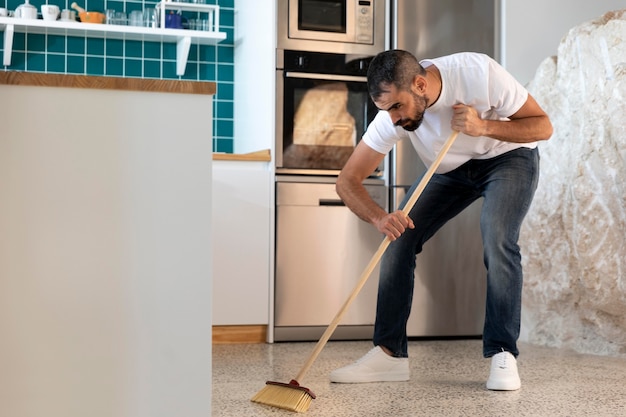
Expert Tips for DIY Ceiling Water Damage Repair
Water damage can be a daunting issue for any homeowner, especially when it occurs on the ceiling. Not only does it pose structural risks, but it can also lead to mold growth if not addressed promptly. Tackling ceiling water damage yourself can save money and give you control over the repair process. However, it's crucial to approach it with the right knowledge and tools. This article provides expert tips for DIY ceiling water damage repair to help you restore your home effectively and safely.
Identifying the Source of Water Damage
Before repair work begins, it's essential to identify and stop the source of the water damage. This prevents further damage and ensures that repairs will be long-lasting.
- Inspect the roof for leaks or missing shingles.
- Check plumbing fixtures and pipes for signs of leaks.
- Examine attic spaces for evidence of water infiltration.
Once the source is identified and fixed, you can proceed with the repair. Explore further insights here for more on identifying water damage sources.
Assessing the Extent of the Damage
After the source is under control, evaluate how extensive the damage is. This will determine the materials and tools needed.
- Look for discoloration, sagging, or peeling paint.
- Check for mold or mildew growth.
- Measure the affected area to understand the scope of repair work required.
Learn more in this detailed guide on assessing water damage here.
Gathering Necessary Tools and Materials
Having the right tools and materials on hand will streamline the repair process. Common items required include:
- Safety gear: goggles, gloves, and a mask.
- Utility knife and putty knife.
- Drywall, joint compound, and sandpaper.
- Paint and primer matched to your ceiling color.
Read more about this topic here to ensure a complete list of materials.
Executing the Ceiling Repair
Removing Damaged Material
Begin by cutting away any damaged drywall. Use a utility knife to make clean cuts around the affected area. Be cautious not to cut into any electrical wires or plumbing.
Drying the Area
Ensure the area is thoroughly dried to prevent mold growth. Utilize fans or dehumidifiers to speed up the process.
Replacing Drywall and Sealing
Cut a new piece of drywall to fit the space and secure it in place. Apply joint compound over the seams and let it dry completely before sanding it smooth.
Painting and Finishing
Once the repair compound is dry and smooth, prime and paint the area to match the rest of the ceiling. This will help restore the aesthetic continuity of the room.
Find additional information on effective execution techniques here.
Preventing Future Water Damage
After successfully repairing the ceiling, implement measures to prevent future incidents:
- Regularly inspect and maintain roofing and gutters.
- Ensure plumbing is in good condition with no leaks.
- Install proper ventilation in attics and bathrooms to control moisture levels.
Explore further insights here on maintaining a water-damage-free home.
By following these expert tips, homeowners can confidently address ceiling water damage issues on their own. While DIY repairs can be effective, it's important to recognize when professional help might be necessary, especially in cases of extensive damage or if the problem persists. Remember, a well-maintained home is the best defense against future water damage issues.